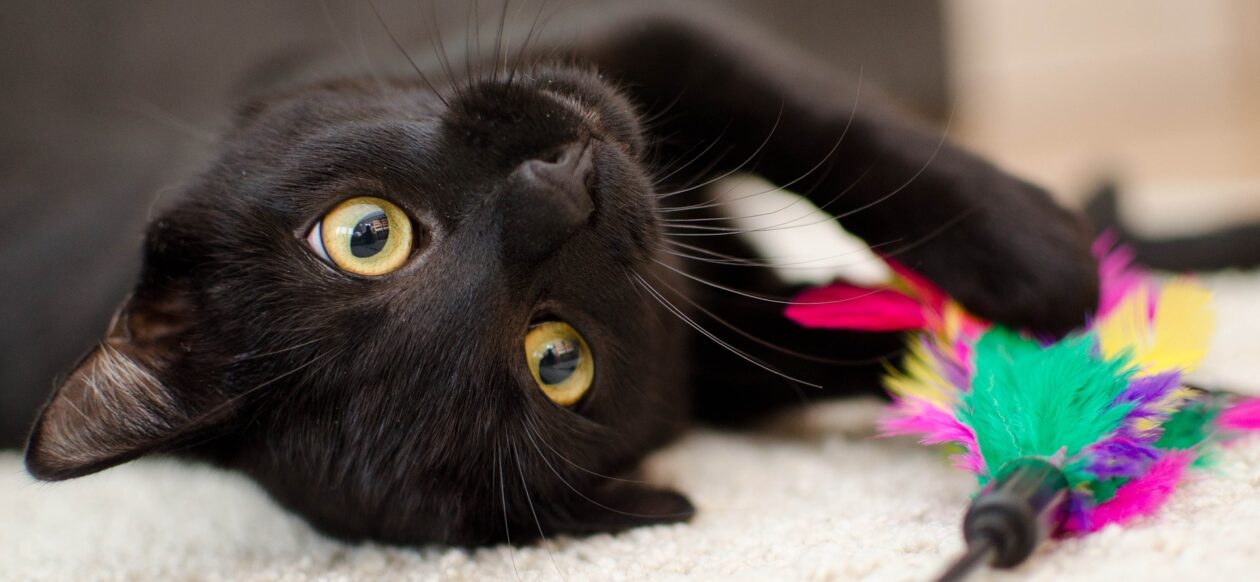Getting older is a normal, natural part of life for all of us. Today domestic cats are living longer than they ever did in the past—thanks to improved nutrition and better food, improved medical care, and more people keeping their cats indoors. But advancing age does not necessarily mean automatic degeneration. And aging does not necessarily mean inevitable disease. Many cats do grow old remaining relatively healthy into their geriatric years, while other cats in their senior years develop chronic or degenerative diseases. And know that even cats that do develop chronic diseases can live well into their late geriatric years—or 20+ years old—given excellent care and attention.
Never assume that changes in your older cat are simply due to “old age,” then write it off as normal aging for them. Most likely there is an underlying medical condition that is causing the changes you are observing in your cat’s behavior or physical appearance. That should always be the first consideration. The main thing is to give your cat the healthiest and best quality of life possible—by watching them closely, noticing any changes that take place, then getting them to a veterinarian to get the medical help they need.
Continue reading How to Provide the Best Care for Your Senior Cat











